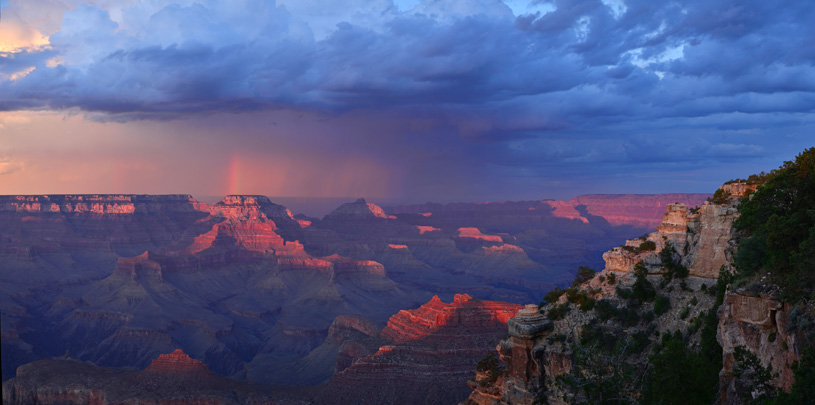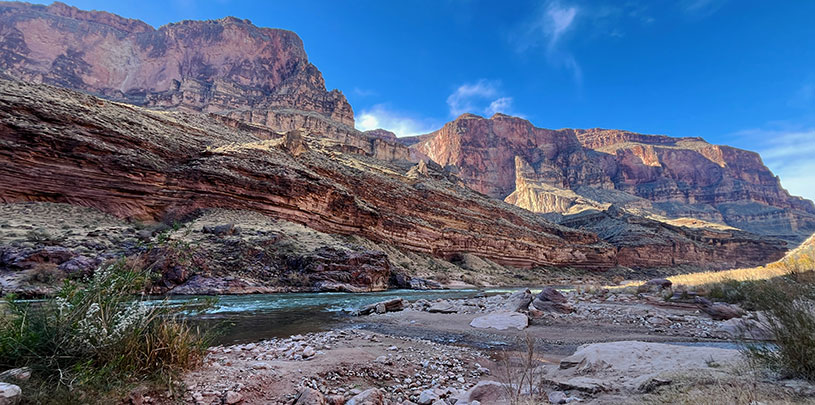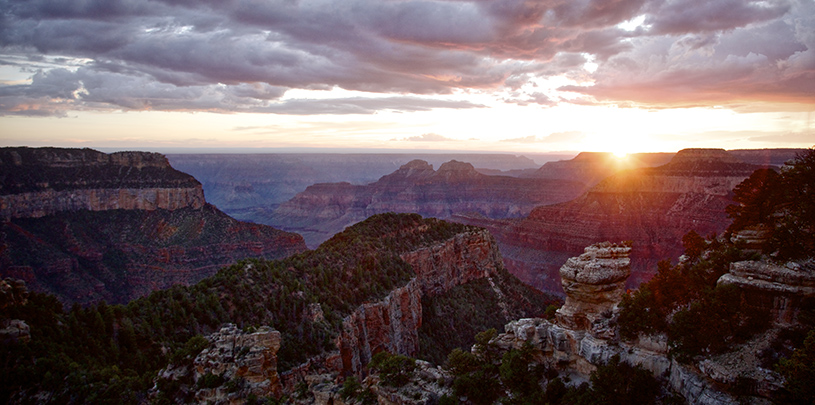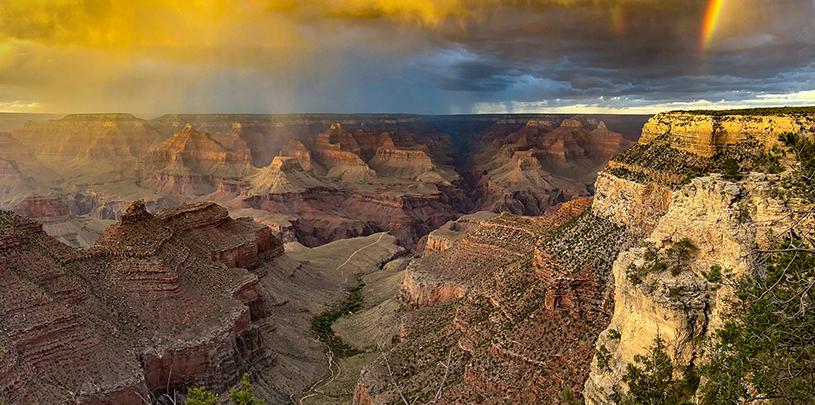by Amber Reimondo, Energy Director
A uranium mine near the south rim of the Grand Canyon continues to endanger precious and limited water supplies. Today, the public has a rare chance to speak up about it. The Arizona Department of Environmental Quality has released a draft groundwater permit for the mine, which is currently open for public comment until midnight August 7, 2021, followed by a virtual public hearing on August 9, 2021.
TAKE ACTION. Urge regulators to deny the permit ›
RAISE YOUR VOICE. Register for the virtual public hearing on August 9 ›
Ongoing flooding at Canyon Mine
Canyon Mine, recently renamed “Pinyon Plain Mine,” has been permitted since the late 1980s, but despite being 35 years old, it has yet to commercially produce uranium ore. The mine operator has, however, dug a nearly 1,500-foot-deep mine shaft that has exposed uranium ore to the elements. The shaft also has been consistently taking on water — 40 million gallons of groundwater and counting — since the company first sunk the shaft deep enough to hit significant groundwater in the Coconino Formation in 2016. The result is an ongoing environmental hazard, requiring constant action by the mining company to pump out water contaminated with high levels of uranium and arsenic into an on-site wastewater pond, where the company sprays it into the air, too often allowing it to drift beyond the mine’s fence line and into the Kaibab National Forest.
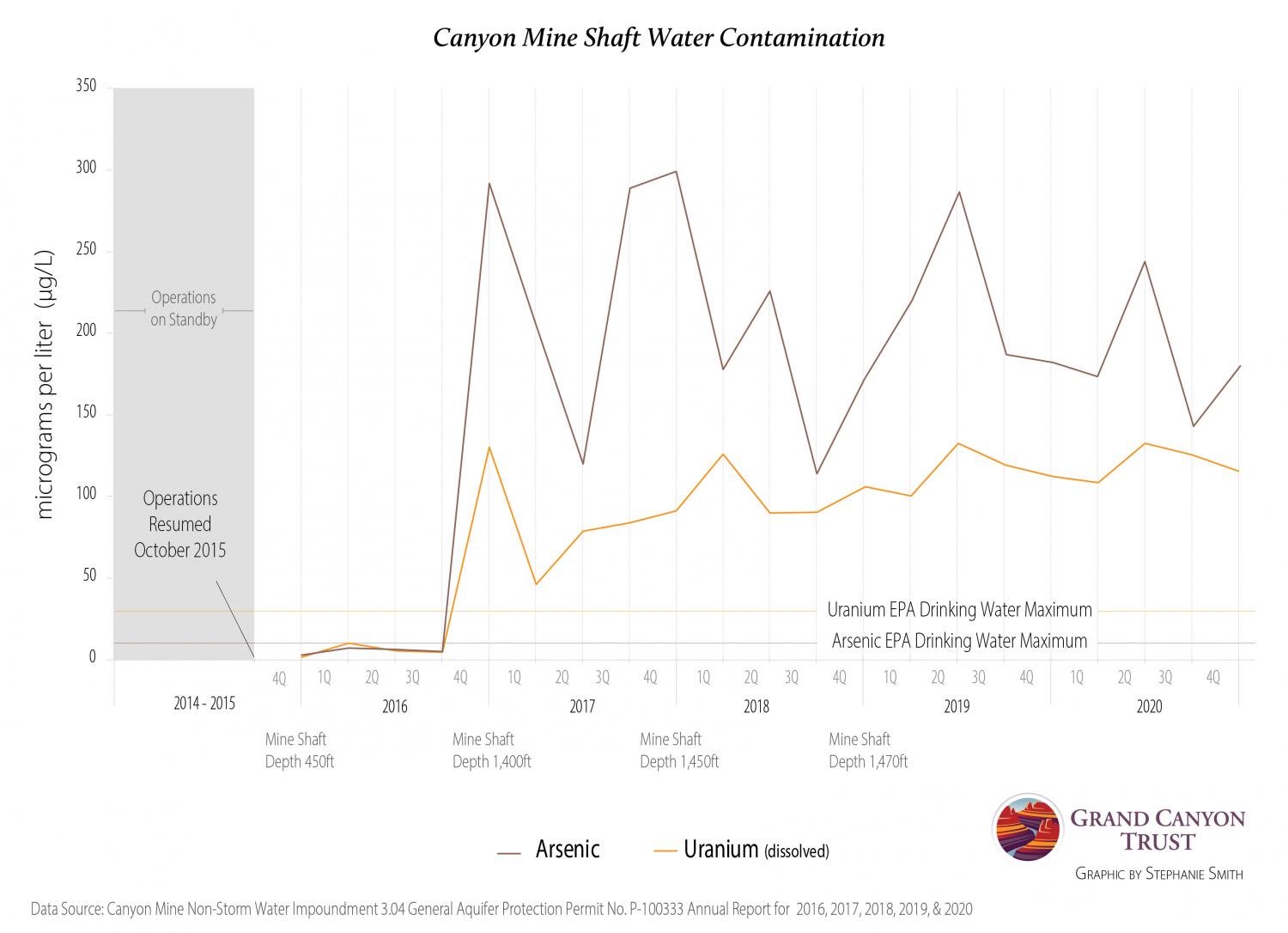
The Havasupai Tribe strongly opposes the mine
Canyon Mine is especially concerning to the Havasupai Tribe. For starters, the mine sits withing the Red Butte Traditional Cultural Property, a sacred site for the tribe. Tribal members have reported that they no longer collect medicinal plants in the area for fear of exposure to radionuclides. The turquoise-blue waters of Havasu Creek that flow through Supai Village and create magnificent waterfalls are the product of Havasu Spring, which flows from the Redwall-Muav Aquifer. The aquifer underlies Canyon Mine along with much of the Grand Canyon’s north and south rims and it’s the source of a number of precious Grand Canyon springs in addition to Havasu Spring. These waters are critical to the people of Supai; they’re the village’s primary source of water and the tribe’s namesake — Havasupai or Havasu ’Baaja means “people of the blue-green water.” The creek also creates a world-renowned destination for outsiders who pay fees to the Havasupai Tribe every year for coveted permits to visit, camp, and swim in the falls.
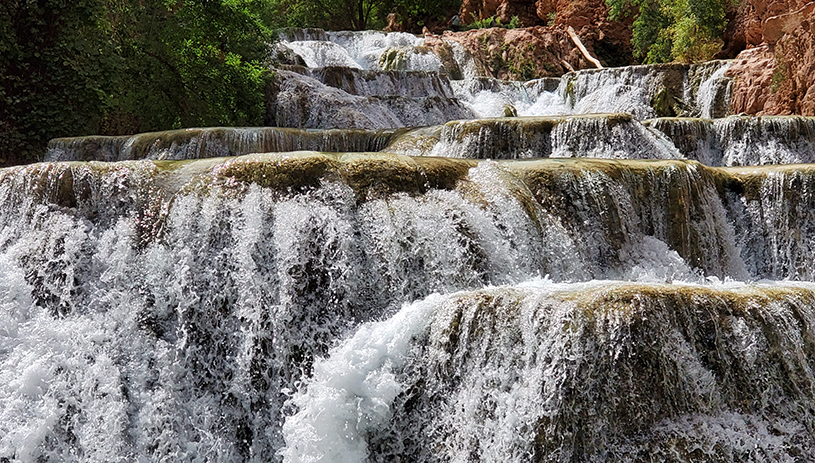
Water is precious, especially with climate change and drought
As climate change unfolds, the Southwest is only getting hotter and dryer. Frivolous threats to fragile water resources, like those posed by an unnecessary uranium mine near the Grand Canyon, should not be tolerated.
Please urge the Arizona Department of Environmental Quality to deny the groundwater permit for operation of the newly renamed Pinyon Plain Mine, and to issue a groundwater permit only for the immediate closure and cleanup of the mine. At a minimum, any permit that is issued should require:
- Installation of at least three monitoring wells up and down gradient in both the shallower Coconino (C) Aquifer and the deeper Redwall-Muav (R) Aquifer to monitor groundwater contamination.
- Groundwater monitoring in perpetuity, even after the mine is closed. Plugging groundwater flow into the mine to prevent the spread of contaminants should not be assumed effective.
- A detailed plan for stopping and cleaning up any groundwater contamination in the event that contamination is detected in monitoring well(s) before, during, and/or after the mine is closed.
- Immediate preparation of a detailed closure and post-closure monitoring plan, to replace the outdated plan the mine owner developed in the 1980s.
- A surety bond (insurance policy for cleanup) that accounts for the possibility of subsurface water contamination. Managing subsurface contamination can be the most expensive part of mine cleanup and should not fall on taxpayers.

